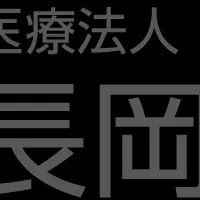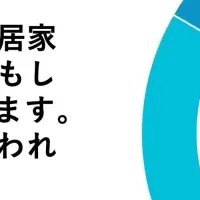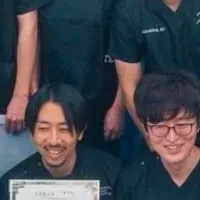
Advanced Wound Care Market Expected to Reach $14.87 Billion by 2030
Overview of the Advanced Wound Care Market
The Advanced Wound Care (AWC) market is forecasted to reach a significant valuation of $14.87 billion by 2030, exhibiting a Compound Annual Growth Rate (CAGR) of 4.79%. This rapid expansion is a result of several critical factors impacting the healthcare landscape. Notably, there has been a rising number of surgical procedures, increased road accidents, and a higher incidence of trauma cases and burns.
Furthermore, the growing prevalence of lifestyle diseases that negatively affect natural wound healing is propelling the demand for advanced wound care technologies. As patients seek improved solutions for chronic wounds, the market is responding with innovative products designed to enhance healing processes.
Market Dynamics and Growth Factors
Rising Prevalence of Chronic Conditions
Chronic conditions such as diabetes and obesity are significant contributors to the increase in chronic wounds globally. These conditions impair the body’s ability to heal, leading to severe complications. For example, diabetic patients are particularly vulnerable to non-healing foot ulcers, which can result in amputations without effective management. The aging population, combined with an increase in sedentary lifestyles, further exacerbates this issue, intensifying the need for advanced wound care products.
Technological Advances in Wound Care
The AWC market is witnessing impressive growth due to continuous technological innovations. Modern wound care solutions incorporate smart materials that possess antimicrobial properties and moisture-retaining capabilities, resulting in enhanced healing environments. Products like foams, hydrogels, and hydrocolloids create optimal conditions for wound healing while also facilitating natural debridement processes. Furthermore, the introduction of smart dressings capable of monitoring wound parameters such as pH levels and bacterial load in real time represents a paradigm shift in wound management.
Increased Healthcare Spending
Elevated healthcare expenditures and supportive government policies are driving market growth as well. Governments across developed and emerging economies prioritize managing chronic conditions to alleviate the long-term burden associated with non-healing wounds. For instance, Medicare and Medicaid in the U.S. subsidize a substantial part of advanced wound care costs, paving the way for increased adoption of these products in clinical settings.
Additionally, the COVID-19 pandemic has prompted greater investment in remote patient monitoring systems and telehealth solutions, broadening the scope for advanced wound care technologies delivered beyond traditional clinical environments.
Segment Analysis
The advanced wound care market can be segmented based on product types, applications, and end uses.
- - Product Segmentation: This market is categorized into moist wound care, antimicrobial dressings, and active wound care solutions. The moist wound care segment dominated the market, capturing approximately 70.75% of revenue share due to its effectiveness in managing chronic wounds.
- - Application Segmentation: The AWC market addresses both chronic and acute wounds. The chronic wound segment is pivotal in driving market revenues, a trend expected to persist in the coming years as the population suffering from chronic conditions continues to grow.
- - End Use Segmentation: The primary end user continues to be hospitals, which accounted for an impressive 45.37% of the market share in 2024, highlighting the reliance on advanced wound care solutions in clinical settings.
Geographic Insights
Regionally, North America leads the global AWC market, accounting for 45.47% of total revenue in 2024. The region’s robust healthcare infrastructure, paired with an uptick in surgical interventions and trauma cases, positions it as a hotspot for advanced wound care adoption.
Europe follows closely, with its high-income levels and strong healthcare systems promoting the uptake of advanced wound care technologies. In particular, the increasing elderly population and the subsequent rise in burn and trauma cases are expected to fuel market growth.
In the Asia-Pacific region, a CAGR of 5.43% is anticipated, driven by rising healthcare expenditures and a growing prevalence of chronic diseases among the population.
Leading Players in the Market
Several major players significantly influence the AWC market landscape. Notable companies include the following:
- - ConvaTec Group PLC
- - Smith & Nephew PLC
- - Mölnlycke Health Care AB
- - B. Braun Melsungen AG
- - 3M
- - URGO
These companies continually adapt by launching new products, forming joint ventures, and expanding geographically to maintain their competitive stance in the market.
Conclusion
The global advanced wound care market stands at a pivotal moment, with increasing technological advancements and rising chronic health challenges necessitating tailored care solutions. As we move towards a more preventive healthcare approach, there is a strong emphasis on integrating advanced wound care products into treatment protocols in hospitals and home settings. This trend represents a crucial juncture for the market, inviting biotech startups, investors, and technology innovators to explore opportunities in this evolving landscape.
Topics Health)










【About Using Articles】
You can freely use the title and article content by linking to the page where the article is posted.
※ Images cannot be used.
【About Links】
Links are free to use.